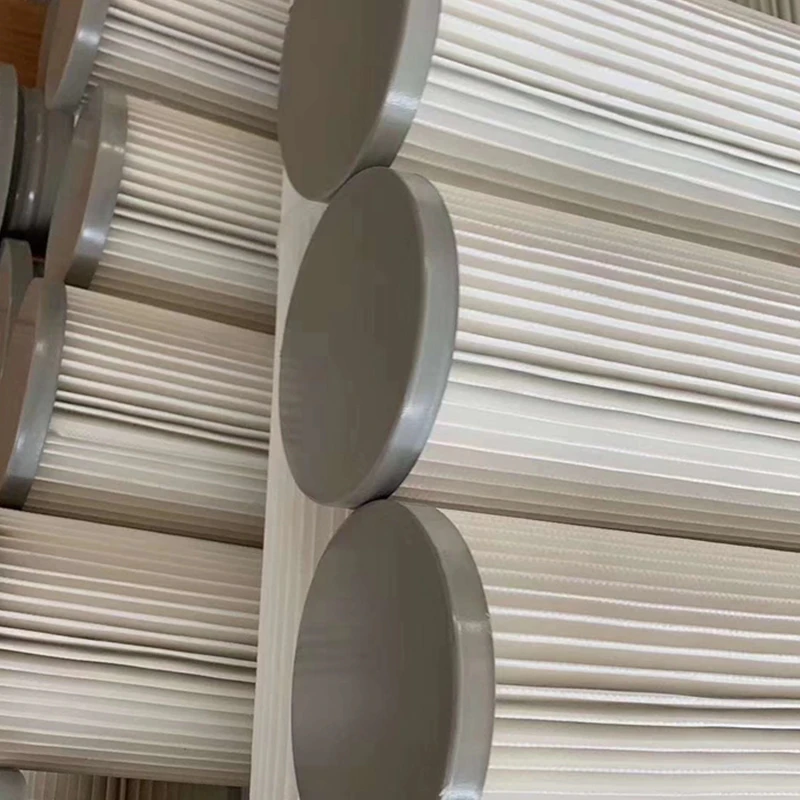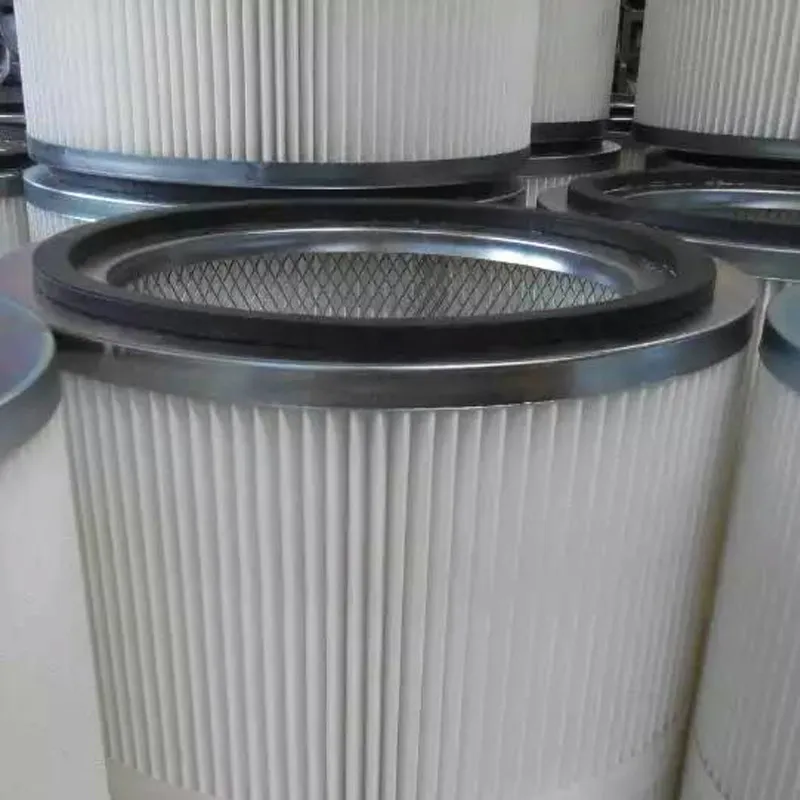 Tel:
+8618931101301
Tel:
+8618931101301
8 月 . 13, 2024 06:02 Back to list
Understanding the Importance of Turbine Air Intake Filters in Engine Performance and Efficiency
Turbine Air Intake Filters Critical Components for Optimal Performance
In the realm of aviation and power generation, turbines play a crucial role in converting energy into mechanical power. Whether it's jet engines propelling aircraft through the skies or gas turbines generating electricity, the reliability and efficiency of these machines depend heavily on every component involved. Among these components, turbine air intake filters stand out as vital elements that ensure optimal performance and longevity.
Understanding Turbine Air Intake Filters
Turbine air intake filters are designed to remove contaminants such as dust, dirt, and debris from the air before it enters the turbine's combustion chamber. These filters serve as the first line of defense, protecting sensitive engine components from damage that could arise from the ingestion of foreign particles. The quality of filtered air directly affects the efficiency of combustion, which in turn influences the overall performance of the turbine.
Importance of Clean Air
The combustion process in turbines requires a precise mixture of air and fuel. If the air entering the turbine is laden with impurities, it can lead to a range of problems. Contaminated air can cause combustion inefficiencies, leading to increased fuel consumption and reduced power output. Moreover, particulate matter can accumulate on turbine blades, leading to erosion and deterioration over time. This not only shortens the lifespan of the turbine but can also result in costly maintenance or unexpected failures.
Types of Air Intake Filters
There are various types of air intake filters utilized across different turbine applications. The most common types include
1. Panel Filters These are designed with a flat surface that consists of multiple layers to capture particulates. They are easy to replace and can be found in many industrial applications.
turbine air intake filters

2. Bag Filters Often used in high-capacity settings, bag filters feature a large surface area and are capable of filtering out smaller particles. Their design allows for efficient airflow while maintaining effective filtration.
3. Pre-Filters These are typically used in tandem with primary filters to capture larger particles before they reach the main filtration system. This increases the lifespan of the primary filter and enhances overall efficiency.
4. Electrostatic Filters Utilizing static electricity, these filters attract and capture particles as air flows through them. They are known for their ability to filter out extremely fine particles.
Maintenance and Replacement
Regular maintenance of turbine air intake filters is paramount to ensuring optimal performance. Depending on environmental conditions, filters may need to be inspected and replaced periodically. Monitoring pressure drops across the filter can indicate when replacement is necessary; excessive pressure drop suggests clogging and reduced airflow, which can negatively impact turbine efficiency.
Failure to maintain clean air filters can lead to more severe consequences, including increased operational costs, reduced energy output, and premature wear on turbine components. By investing in high-quality filters and adhering to a rigorous maintenance schedule, operators can minimize risks and extend the life of their turbines.
Conclusion
Turbine air intake filters may seem like a small component in the vast machinery of turbines, yet their significance cannot be overstated. By ensuring that only clean air enters the combustion chamber, these filters protect critical engine parts from damage and contribute to efficient operation. As the demand for energy continues to rise, and as the aviation industry looks for ways to reduce their environmental footprint, the role of effective filtration systems in turbine technology will only grow. Investing in advanced air intake filtration solutions is not just a matter of compliance but a commitment to enhanced performance and sustainability in an increasingly competitive landscape.
-
How to choose a high-efficiency air filter? Here comes a professional guideNewsOct.21,2024
-
Air filter: multi-field application, protecting fresh airNewsOct.17,2024
-
Carbon air filter: a green guard to protect air qualityNewsOct.16,2024
-
Can activated carbon completely remove indoor odors and pollutants in air purification?NewsOct.14,2024
-
How to filter air efficiently and ensure indoor air quality?NewsOct.12,2024
-
Activated carbon filter: the invisible guard of clean water lifeNewsOct.11,2024

 Email:
Email:





